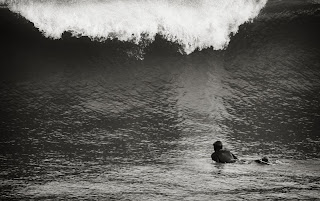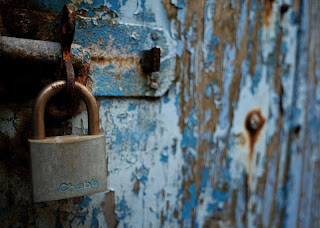Looking back over the year I was able to cover some very diverse subjects - from toxic warships on Teesside to cross-dressers in London, from fly fishing to war veterans, from demonstrations against job losses to military homecomings - for those who came back alive and for those who didn't.
From evicted Druids to rock bands, from Summer Solstice revellers to horse jumping. This year certainly provided many photographic opportunities. I also visited Kenya, America, France as well as travelling to many places across the UK...















 No doubt next year will bring many more photographic challenges and opportunities and hopefully I'll get some good photographs as a result. I'm determined to keep working on more multimedia pieces and I've also got a few ideas up my sleeve to work on and help build my business.
No doubt next year will bring many more photographic challenges and opportunities and hopefully I'll get some good photographs as a result. I'm determined to keep working on more multimedia pieces and I've also got a few ideas up my sleeve to work on and help build my business.2010 - All over it!








































